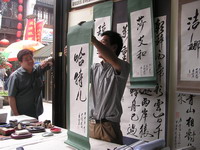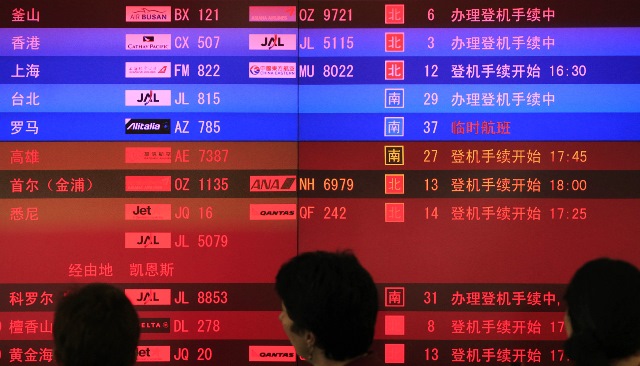Japanese language difficulties
 Due to the difficult writing and vocabulary features, the Japanese language can become a stumbling block for even the most talented linguists. But now, it seems, the difficulties of the Japanese language are baffling even its speakers.
Due to the difficult writing and vocabulary features, the Japanese language can become a stumbling block for even the most talented linguists. But now, it seems, the difficulties of the Japanese language are baffling even its speakers.
According to the National Institute of Multimedia Education, which tested 13 thousand first-year students at 33 universities and colleges, one fifth of students learned to read only by the age of 13-15.
Students were offered test texts and asked to identify nouns, adjectives and adverbs in them.
Two-thirds of those tested understood the word “upset” as “being happy.”
The study also found that foreign students who came to study Japanese often read Japanese much better than Japanese students do.
The test only confirmed the general trend, which, as noted by experts in the field of education, was already 10 years ago.
Difficulties in the Japanese language The Institute’s report does not mention the reasons for the low literacy rate among students. But many experts believe that part of the reason for the drop in literacy is modern textbooks, which contain a small vocabulary, but are supplied with a huge number of drawings and comics, explained in simple phrases.
A group of researchers turned to the Ministry of Education, which is run by the Institute and suggested introducing Japanese language correction classes for those students who need it.
Foreigners have long believed that written Japanese is one of the most difficult in the world.
The Japanese language uses two syllable systems and several thousand Chinese characters. In addition, many Japanese words with different meanings are pronounced perfectly or almost the same.
Researchers were pleased with the fact that 6% of students at state universities read at the level of high school students.
At public universities, the requirements for entrance exams are more stringent than at private universities and colleges.




